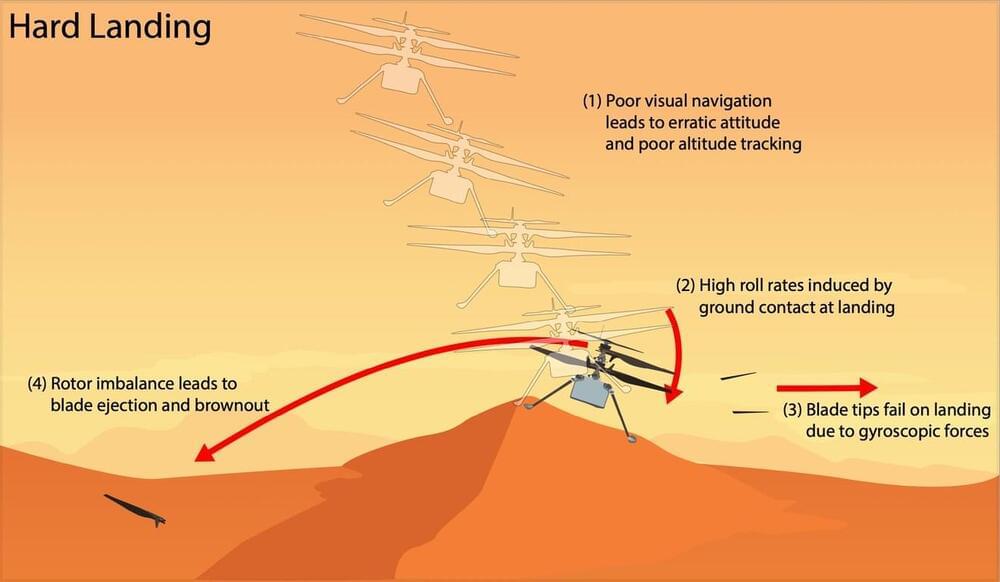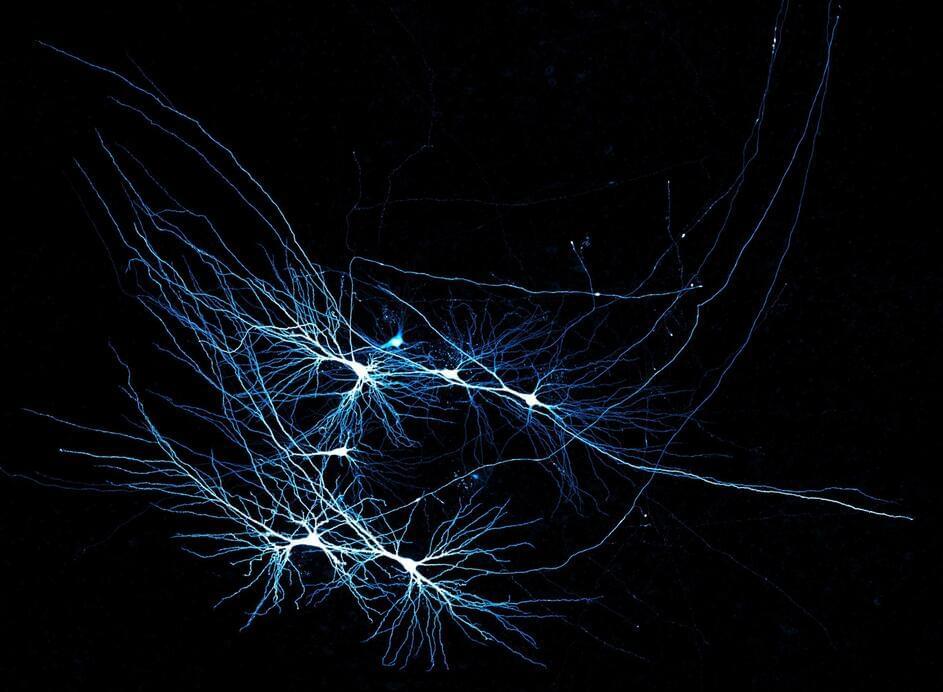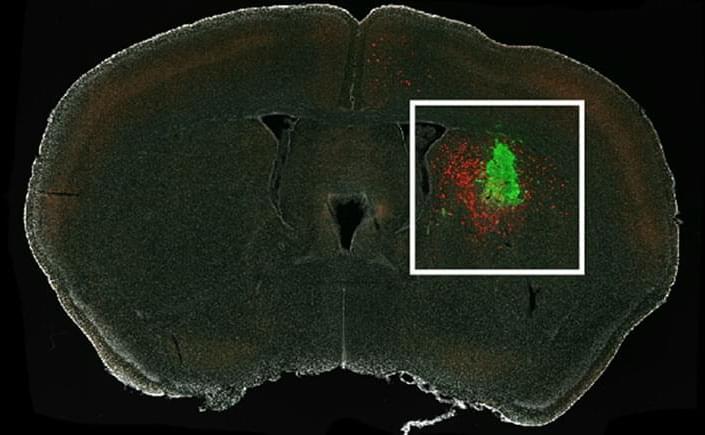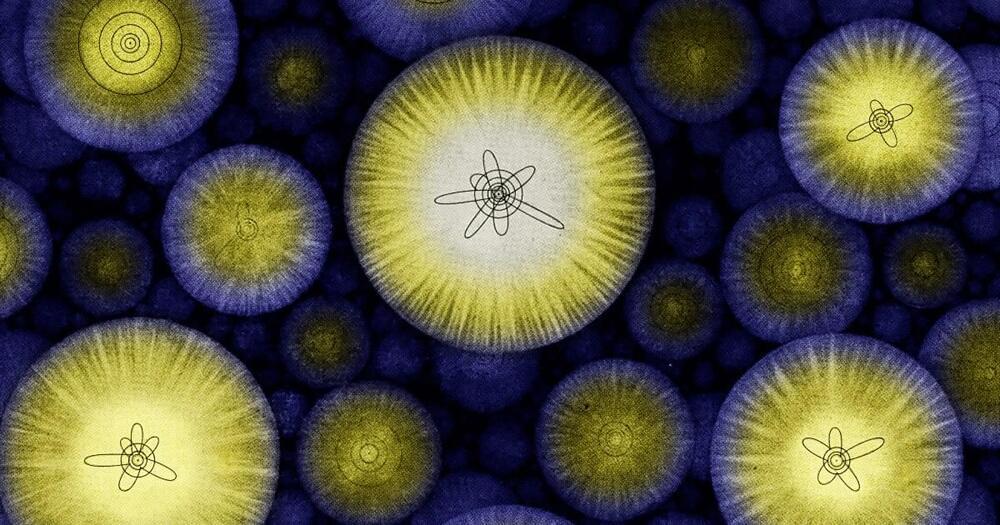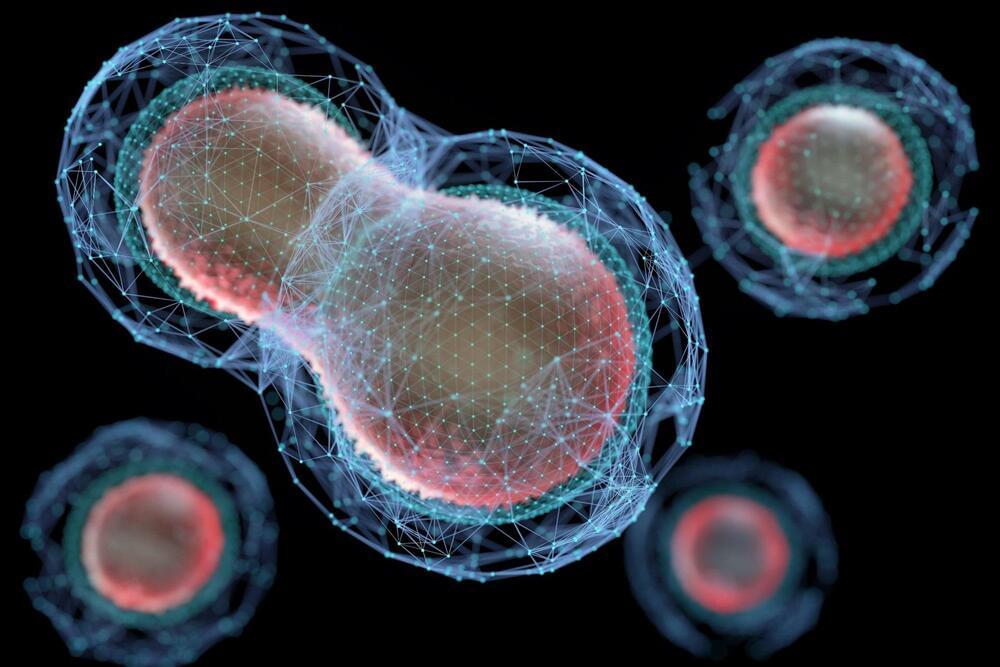What can NASA’s Ingenuity helicopter on Mars teach us about flying on other planets? This is what engineers at NASA’s Jet Propulsion Laboratory recently investigated ever since the robotic pioneer performed its last flight on the Red Planet’s surface on January 18, 2024. The purpose of the investigation was to ascertain the likely causes for Ingenuity’s final flight, as the team found damage to the helicopter’s rotor blades in images sent back to Earth. This investigation holds the potential to help scientists and engineers improve upon Ingenuity’s design for future flying robots on other worlds.
“When running an accident investigation from 100 million miles away, you don’t have any black boxes or eyewitnesses,” said Dr. Håvard Grip, who is a research technologist at NASA JPL and Ingenuity’s first pilot. “While multiple scenarios are viable with the available data, we have one we believe is most likely: Lack of surface texture gave the navigation system too little information to work with.”
The reason for Ingenuity’s “retirement” was due to damage to its rotor blades it sustained during Flight 72, which turned out to be its final flight, due to navigation system failures in identifying a safe landing spot. As a result, engineers hypothesized that Ingenuity experienced a hard landing due to insufficient navigation data, breaking the rotor blades due to higher-than-expected loads. The findings from this investigation will help engineers implement better designs for NASA’s upcoming Mars Sample Return mission, which is currently in the design phase with an anticipated launch date of 2026.
